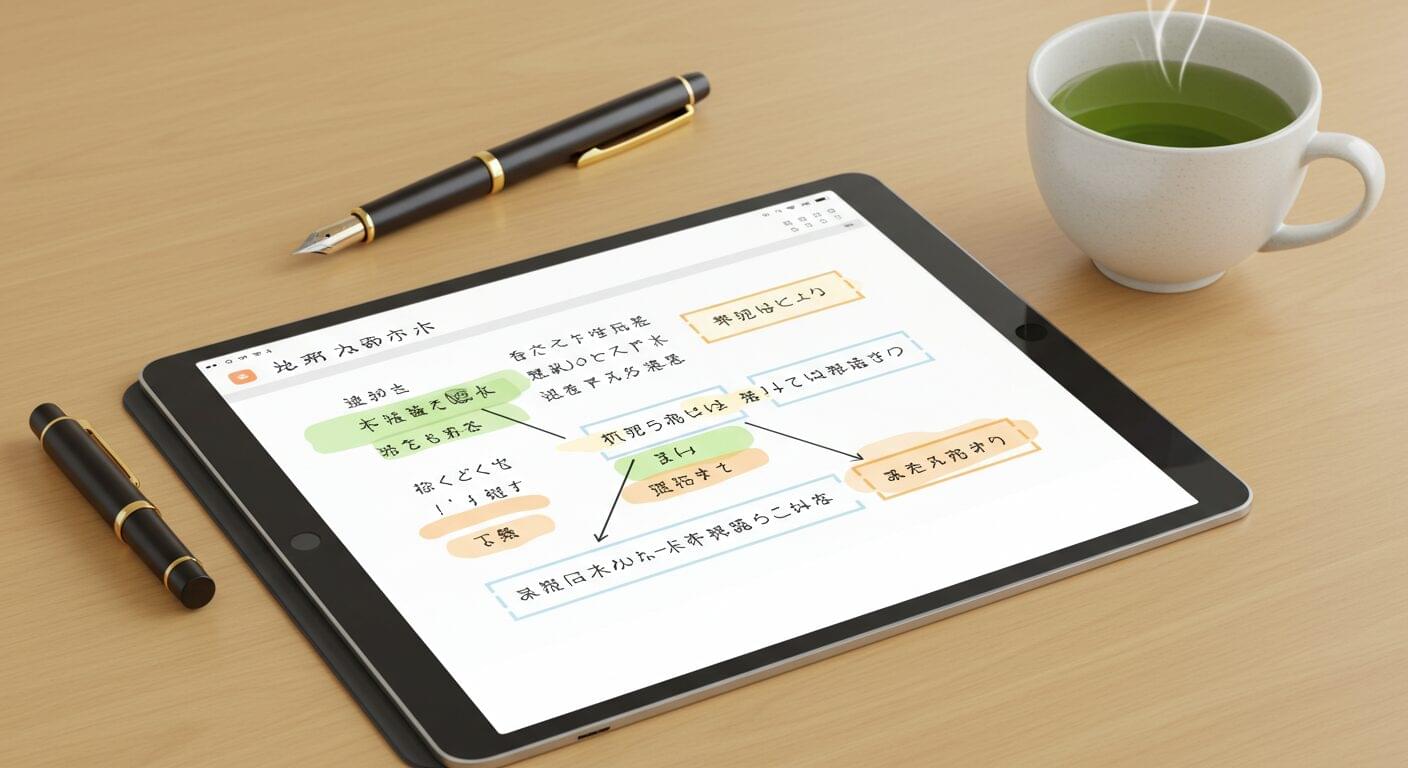In the 16th century, Sir Thomas Gresham observed a peculiar economic phenomenon: when two forms of currency with the same face value but different intrinsic worth circulate together, the “bad” currency drives the “good” currency out of circulation. This principle came to be known as Gresham’s Law, summarized as “bad money drives out good.” People would spend the debased coins (with lower precious metal content) while hoarding the more valuable ones, effectively removing the better currency from circulation.
Four centuries later, this economic principle offers us a surprisingly apt framework for understanding one of education’s most pressing challenges: the rise of AI-assisted academic dishonesty.
Understanding Gresham’s Law in Economics
Before we dive into its academic applications, let’s clarify how Gresham’s Law functions in its original context. The principle operates when three conditions are met:
- Two forms of currency exist with the same nominal (face) value
- One currency has higher intrinsic value than the other
- People can freely choose which currency to use in transactions
Given these conditions, rational actors will spend the less valuable currency and save the more valuable one. In historical contexts, this meant spending copper-heavy coins and hoarding gold ones. The “bad” money circulates while the “good” money disappears.
The Academic Currency Exchange
Now, let’s reframe this for our classrooms and lecture halls. In academic settings:
- The “currencies” are methods of completing assignments
- The “nominal value” is the grade or credit received
- The “intrinsic value” is the actual learning and skill development
When a student completes an assignment through legitimate effort—researching, thinking critically, drafting, and revising—they earn both the nominal value (the grade) and the intrinsic value (deeper understanding and skill development).
However, with the proliferation of sophisticated AI tools, students can now “spend” a different currency—one that requires minimal effort yet yields the same nominal value. An essay written by ChatGPT or a problem set solved by an AI tool can earn the same grade as one completed through genuine effort, despite requiring a fraction of the time and cognitive engagement.
How “Bad Academic Currency” Drives Out Good
Following Gresham’s Law, we’re witnessing how shortcuts and AI-generated work (the “bad currency”) are driving out authentic learning practices (the “good currency”) in several ways:
1. Effort Differential
AI tools can produce competent-looking work in seconds that might take a student hours or days to create independently. This enormous efficiency gap makes the temptation nearly irresistible, especially for students juggling multiple responsibilities.
2. Detection Difficulties
Unlike previous forms of academic dishonesty, AI-generated work can be extremely difficult to conclusively identify. It doesn’t appear in plagiarism databases, doesn’t contain telltale linguistic markers of translation software, and can be stylistically varied. This low risk of detection further incentivizes its use.
3. Perceived Victimlessness
Many students rationalize AI use by convincing themselves that “everyone does it” or that it doesn’t harm anyone. Without immediate negative consequences, the behavior spreads through peer networks.
4. Competitive Pressure
When students believe their peers are using AI tools, they feel pressured to do the same to maintain competitive standing—creating a classic “race to the bottom” that Gresham would have recognized.
Breaking the Cycle: Policy Implications for Educators
Unlike in monetary policy, where governments might respond with legal tender laws or currency controls, our academic solutions must be more nuanced. Here are several approaches informed by the Gresham’s Law framework:
1. Change the Exchange Rate
Design assessments where the “nominal value” can only be obtained through the “good currency” of authentic work. This means crafting assignments that AI tools struggle with:
- Tasks requiring personal reflection on lived experiences
- Multi-stage projects with in-class components and checkpoints
- Assignments incorporating recent or hyperlocal information
- Work that demands creative application of concepts to novel situations
2. Increase the “Transaction Costs” of Cheating
Make using AI tools more difficult or risky through:
- Requiring students to explain their thinking process verbally
- Implementing honor codes with meaningful consequences
- Using controlled assessment environments when appropriate
- Teaching students to recognize the ethical implications of their choices
3. Decrease the Value Differential
Reduce the perceived advantage of using AI by:
- Incorporating AI tools legitimately into the curriculum
- Teaching students how to use AI as a learning partner rather than a substitute
- Emphasizing process over product in assessment strategies
- Providing sufficient support so struggling students don’t feel AI is their only option
4. Redefine the Currency Altogether
Perhaps most importantly, we can rethink what “currency” we’re exchanging in education:
- Shift toward mastery-based assessment rather than point accumulation
- Create authentic assessments with relevance beyond the classroom
- Design collaborative projects where the process is visible and valued
- Build learning communities where students’ identities as knowledge-creators matter
The Long-Term Implications
While Gresham’s Law focuses on circulation patterns, there’s a crucial difference in our academic application: hoarding “good money” preserves wealth, but avoiding genuine learning creates an invisible deficit.
Students who consistently choose the “bad currency” of AI-generated work may receive the same nominal value in grades, but they miss the intrinsic value of education—the development of critical thinking, research skills, problem-solving abilities, and disciplinary knowledge that constitutes the true purpose of their education.
As educators, our challenge is to create systems where the path of least resistance aligns with genuine learning, where the “good currency” remains in active circulation because students recognize its superior long-term value, even if it costs more in immediate effort.
By understanding the economic principles underlying student behavior, we can design more effective interventions that preserve academic integrity not merely through surveillance and punishment, but by addressing the fundamental incentive structures that make AI-assisted cheating so tempting in the first place.
The question isn’t whether we can stop AI tools from being used—Gresham would tell us that’s like trying to keep gold coins in circulation by decree alone. Instead, we must redesign our economic system of learning to ensure that the true currency of education—intellectual growth—retains both its nominal and intrinsic value in our academic marketplaces.




Leave a Reply